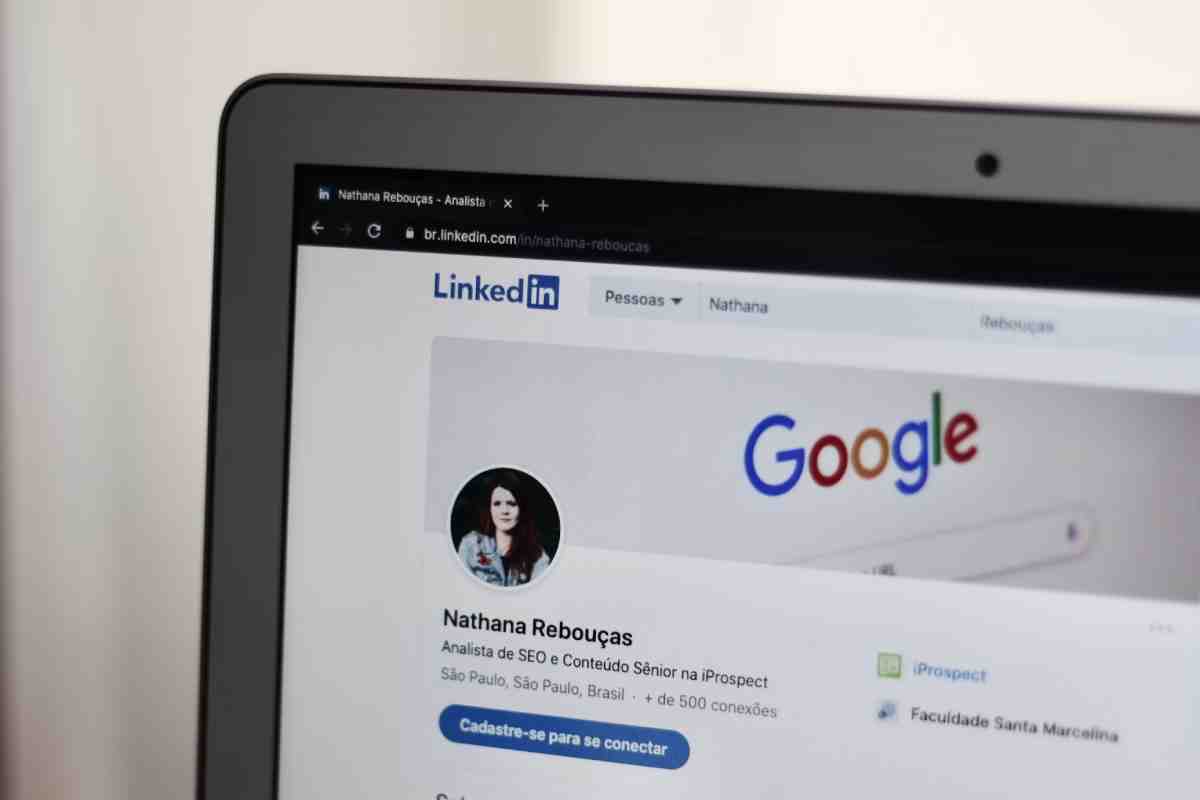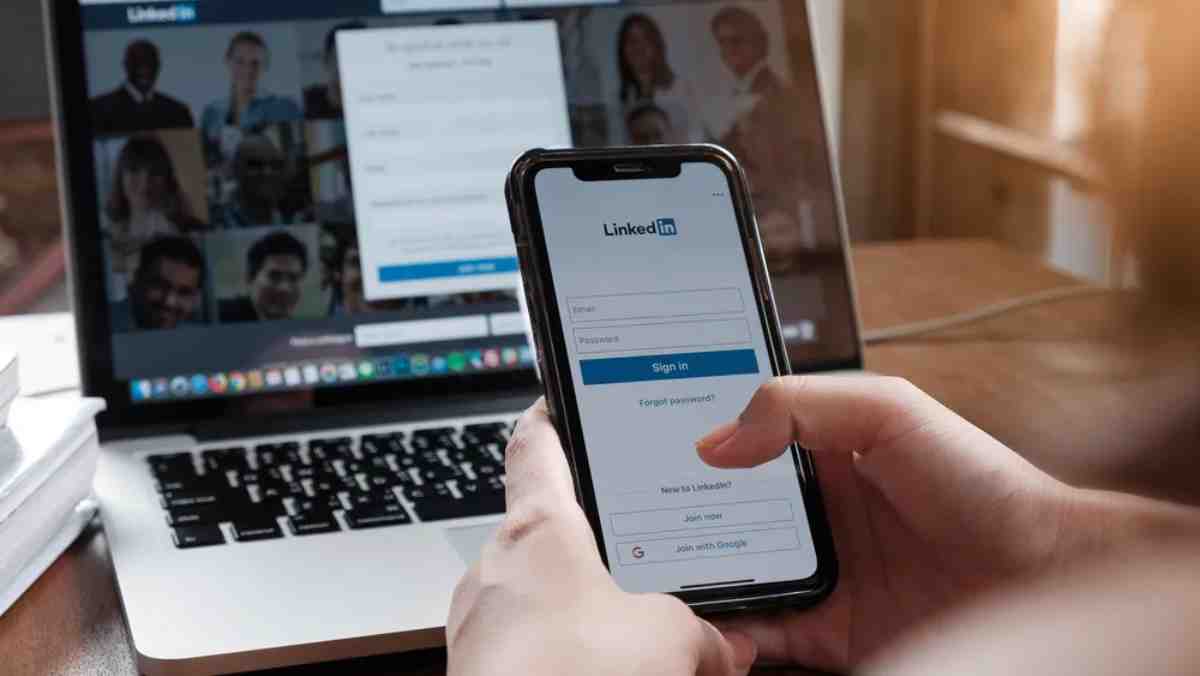
How to Use LinkedIn to Get More Freelance Gigs
LinkedIn is a top platform for freelancers seeking quality gigs. You could miss valuable opportunities to grow your freelance business if you’re not using LinkedIn effectively.
But simply having a profile isn’t enough. You need a clear LinkedIn marketing strategy tailored to freelancers to stand out and attract the right clients. In this guide, we’ll share effective LinkedIn outreach strategies. You’ll also find tips for freelance networking. These will help you show your expertise, build strong connections, and turn them into paid opportunities.
Quick Guide: LinkedIn for Freelancers
- Optimise your profile with a client-focused headline and summary
- Define your ideal client and tailor your outreach strategy
- Send personalised connection requests to decision-makers
- Share valuable content 3–5 times per week
- Use cold outreach with a value-first approach
- Showcase your work through LinkedIn’s portfolio section
- Request and display strong recommendations
- Join and engage in niche LinkedIn groups
- Set job alerts for freelance and contract roles
- Track performance metrics and adjust your strategy
Pro Tip
Use your “About” section like a mini sales page: speak directly to your target client’s pain points, show how you solve them, and end with a call to action. Keep it clear, compelling, and client-focused.
Important
LinkedIn isn’t just for job seekers—it’s a powerful lead generation tool for freelancers. What you post, how you connect, and how you present yourself directly influences the quality and quantity of freelance opportunities that come your way.
1. Optimise Your LinkedIn Profile for Maximum Impact

Your LinkedIn profile serves as your digital portfolio and first impression. A well-crafted profile helps potential clients understand what you do, how you can help them, and why they should hire you.
Key Elements to Optimise:
- Profile Photo: Choose a clear, professional headshot. Make sure it has good lighting and a plain background.
- Headline: Make your headline client-focused by highlighting your key service and value proposition.
- Example: “Freelance Copywriter | Helping SaaS Startups Boost Conversions with Strategic Content”
- About Section: Write a compelling summary that:
- Explain your expertise and experience.
- Highlights the value you provide.
- Includes a clear call to action (e.g., “Reach out to discuss how I can help your business grow”).
- Experience Section: Focus on client results and measurable outcomes, not just job descriptions. Example: “Increased organic traffic by 120% within six months through targeted content strategy.”
- Skills and Endorsements: Add relevant skills and request endorsements from past clients and colleagues.
- Custom Profile URL: Create a clean, professional URL .
2. Define Your Target Clients and Ideal Gigs
Before connecting and reaching out, you must be clear about who you want to work with.
How to Define Your Target Market:
- What industries or sectors need your services the most?
- Are you targeting small businesses, startups, or large corporations?
- What pain points can you solve for them?
- What budget range are you aiming for?
Example:
Instead of saying, “I’m a freelance marketer,” try this: “I assist e-commerce brands in refining their email marketing to boost customer loyalty and increase sales.”
By narrowing your focus, you’ll attract more targeted, higher-paying clients.
3. Build a Strategic LinkedIn Connection Network
Growing your LinkedIn network strategically increases your visibility and access to decision-makers.
How to Find and Connect with the Right People:
- Use LinkedIn’s search filters to target decision-makers (e.g., “Marketing Director,” “Content Manager”).
- Connect with:
- Potential clients.
- Industry peers and thought leaders.
- Recruiters and hiring managers.
- People engaging with content related to your niche.
- Send a personalised connection request (avoid the generic “I’d like to connect”).
Example Connection Request:
Hi [Name], I saw your profile and noticed you’re working on [specific project/role]. I specialise in helping businesses with [your expertise]. I’d love to connect and learn more about your work.
Keep it short, personalised, and value-focused.
4. Engage with Your Network Regularly
Building connections is only the first step — you need to stay on your network’s radar by engaging consistently.
Ways to Stay Visible:
- Post valuable content – Share insights, tips, and experiences related to your niche.
- Comment thoughtfully – Engage with other people’s posts by adding value rather than just saying, “Great post!”
- React and share – Amplify content from your network to increase your visibility.
- Use hashtags strategically – Include 3–5 relevant hashtags to expand your post’s reach.
Example Post:
“Many businesses overlook the power of email segmentation. I recently helped clients increase their open rates by 35% by implementing a targeted segmentation strategy. Here’s how it worked…”
Aim for 3–5 posts per week to keep engagement consistent.
5. Use LinkedIn Outreach to Find New Clients
Cold outreach on LinkedIn can be highly effective if done strategically. The key is building relationships rather than immediately pushing for a sale.
How to Craft an Effective LinkedIn Outreach Message:
- Personalise the message – Reference something specific about the recipient’s profile or business.
- Focus on value – Explain how to solve a problem or deliver a specific benefit.
- Include a soft call to action—ask for a quick chat or invite them to check out your work.
Example Outreach Message:
Hi [Client’s Name], I noticed you’re leading the marketing efforts at [Company]. I help brands like yours boost customer engagement with focused content strategies. Would you be open to a quick chat about how I could support your team’s goals?
Keep it under 100 words and focus on their business, not yourself.
6. Leverage LinkedIn Recommendations and Endorsements
Social proof is powerful. LinkedIn recommendations build credibility and make you more attractive to potential clients.
How to Get More Recommendations:
- After completing a project, ask satisfied clients for a recommendation.
- Be specific — Ask them to mention the results or benefits you provided.
- Offer to write a draft recommendation they can tweak to make it easier.
Example Request:
Hi [Client’s Name], I really enjoyed working with you on [project name]. If you’re happy with the outcome, would you be open to writing a short recommendation on LinkedIn? It would really help me secure more projects like this in the future.
The more specific the recommendation, the better.
7. Create and Share a Portfolio on LinkedIn
LinkedIn now allows you to showcase media files directly on your profile. Use this to highlight your work and build credibility.
What to Include in Your LinkedIn Portfolio:
- Case studies with measurable results.
- Client testimonials.
- Before-and-after examples.
- Links to published work or project outcomes.
Example: If you’re a freelance graphic designer, add images of before-and-after logo redesigns.
8. Join and Engage in LinkedIn Groups

LinkedIn Groups are a great way to engage with potential clients and demonstrate your expertise.
How to Use LinkedIn Groups Effectively:
- Join groups related to your industry and target market.
- Answer questions and provide valuable insights.
- Avoid direct selling — Focus on adding value first.
- Engage with other members’ posts to build relationships.
Example: If you’re a freelance content writer, join groups like “Content Marketing Strategy” and share tips on improving content engagement.
9. Set Up LinkedIn Alerts for Opportunities
LinkedIn allows you to set up job alerts and notifications for freelance opportunities.
How to Set Up Alerts:
- Go to the “Jobs” tab on LinkedIn.
- Set filters for “Freelance” or “Contract” roles.
- Create multiple alerts for different keywords (e.g., “Freelance writer,” “Contract developer”).
Respond quickly when a relevant opportunity comes up.
10. Track and Measure Your LinkedIn Performance
To improve your LinkedIn strategy over time, you must measure what’s working and adjust accordingly.
Key Metrics to Track:
- Profile views – More views mean your visibility is increasing.
- Connection requests accepted – Indicates how well your outreach is working.
- Engagement rates – Monitor likes, comments, and shares on your posts.
- Direct messages and inquiries – Track how many leads you’re generating.
Adjust your strategy based on what’s getting the best results.
Top 5 FAQs: LinkedIn for Freelance Client Acquisition
1. Do I need a LinkedIn profile if I already use freelance platforms like Upwork?
Yes. LinkedIn helps you build a personal brand, establish authority, and connect directly with high-quality clients—often at higher rates than gig platforms.
2. How often should I post on LinkedIn to stay visible?
Aim for 3–5 times a week. Mix content types: client success stories, expert tips, personal insights, and behind-the-scenes looks at your process.
3. Should I cold message potential clients on LinkedIn?
Yes—but always personalise your message and focus on how you can help their business. Avoid hard selling in the first message.
4. What should I include in my LinkedIn portfolio section?
Add media like case studies, client testimonials, screenshots of your work, or links to live projects. Show results whenever possible.
5. How do I know if my LinkedIn efforts are working?
Track profile views, engagement on posts, connection acceptance rates, and inbound inquiries. These metrics help you refine your strategy over time.
Leverage LinkedIn: Unlock More Freelance Opportunities!

LinkedIn is a goldmine for freelancers — but only if you use it strategically. By optimising your profile, engaging with your network, and using targeted outreach, you can attract more high-paying clients and grow your freelance business.
Start by refining your profile and sending out your first five personalised connection requests today. Want more LinkedIn marketing for freelancers tips? Follow our blog for expert advice!


